✓ Joining us on our Whatsapp Channel: 💬 Explore and Escape!.
Booking through us:
✓ 🏩 🛌 Handpicked Luxury Stays in Budget: Booking.com | Agoda.com
✓ 🍹⛱️ Deals on Private xfers, SIM Cards, City tours, Day trips : 📍🗺️ GetYourGuide | 🛵🧳 Klook
com/landmarks/oceania-landmarks/landmarks-of-australia/”>landmarks in South America, and so are in Colombia.
Colombia boasts a rich cultural heritage, dotted with landmarks that tell the story of its unique history.
From the towering peaks of the Andes Mountains to the cobbled streets of colonial towns, these landmarks are like time capsules transporting visitors to a different era.
Let’s explore the unforgettable landmarks of Colombia – a land of vibrant colors, diverse cultures, and untamed beauty.
1. Monserrate Hill
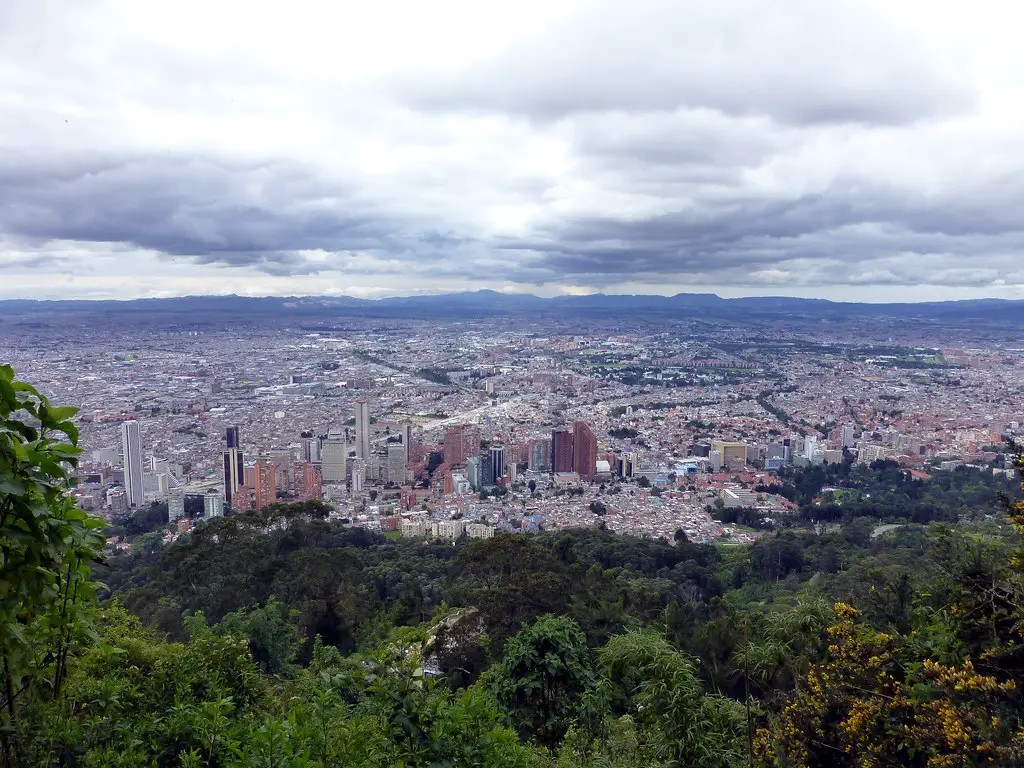
Monserrate Hill is a popular tourist attraction and religious site located in Bogotá, Colombia.
What to see or do: Take a cable car or funicular to the top of the hill to enjoy amazing panoramic views of the city below.
Explore the stunning Monserrate Sanctuary, which dates back to the 17th century and contains a revered statue of El Señor Caído (the Fallen Lord).
Don’t miss: The chance to witness a traditional Colombian mass inside the sanctuary, complete with incense and Gregorian chants. Visit on a clear day to catch breathtaking views of Colombia’s capital city.
Insider travel tips: Beat the crowds by arriving early in the day or consider taking a guided tour for a more immersive experience. Wear comfortable shoes and bring a light jacket as temperatures can be cool at the top.
Avoid visiting at night, as robberies have been reported on the hill after dark.
2. Salt Cathedral of Zipaquirá
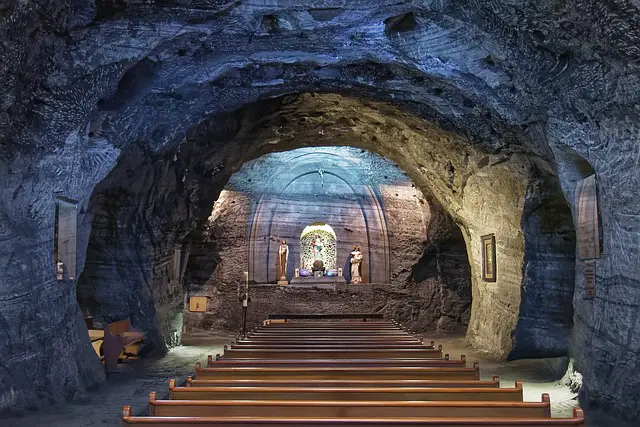
A massive underground cathedral built inside a salt mine, located in the town of Zipaquirá just outside of Bogotá in Colombia.
What to see or do: Explore the breathtaking architecture and art within the cathedral, which includes a 16-meter-tall cross made of salt, several chapels, and intricate carvings and sculptures.
Visitors can also take a guided tour of the mines, which are still in operation today.
Don’t miss: The impressive light and sound show that takes place inside the cathedral every day, which adds an extra level of awe and wonder to the already incredible experience.
Insider travel tips: – It can get quite crowded, so it’s best to arrive early in the day to avoid the crowds.
3. Gold Museum
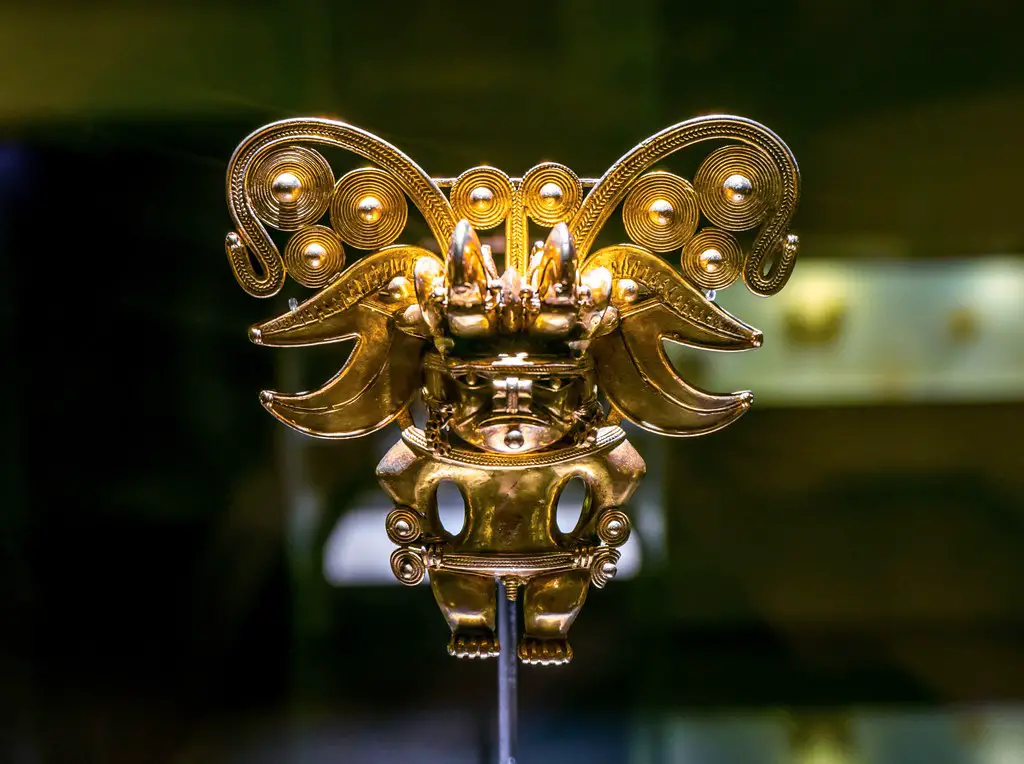
The Gold Museum, also known as Museo del Oro, is a world-renowned museum in Bogotá, Colombia that showcases one of the largest collections of gold artifacts in the world.
What to see or do: Visitors can admire over 55,000 pieces of pre-Columbian gold artifacts and artworks from various indigenous cultures across Colombia.
The exhibits are divided into four rooms, highlighting the different methods of metalworking, the symbolism behind the objects, and the cultural practices associated with gold in ancient Colombia.
Don’t miss: The centerpiece of the museum is the Offering Room, which showcases a stunning display of gold pieces, including votive figures, masks, and jewelry, that were found together in a tomb.
Also, make sure to check out the interactive displays that allow visitors to learn about the indigenous communities and their way of life.
Insider travel tips: – The museum is closed on Monday, so plan your visit accordingly.
4. Rosario Islands
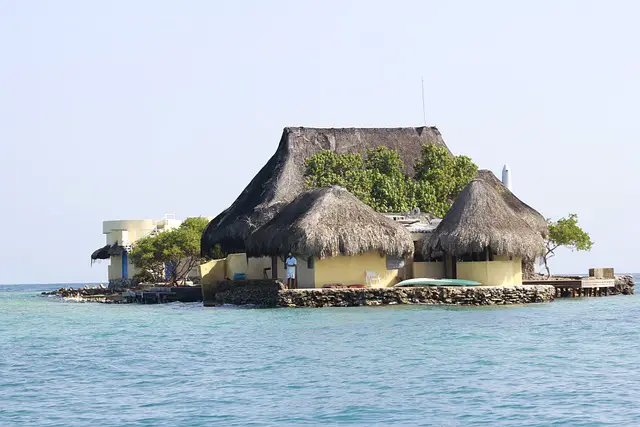
The Rosario Islands are a group of 28 small islands located off the coast of Cartagena, Colombia.
The islands are a popular destination for tourists due to their beautiful coral reefs, crystal clear waters, and white sand beaches.
What to see or do: Snorkeling and scuba diving are two of the most popular activities on the Rosario Islands, as the area is home to a diverse range of marine life including vibrant tropical fish, sea turtles, and colorful coral reefs.
Visitors can also take a boat tour around the islands to take in the stunning natural landscapes and enjoy some relaxation on the beaches.
Don’t miss: A visit to the San Pedro de Majagua Hotel, which is located on one of the islands, is a must-do. The hotel offers day passes, which give visitors access to its private beach, pool, spa, and restaurant.
Insider travel tips: – The best time to visit the Rosario Islands is during the dry season (December to March), when the weather is perfect for swimming and outdoor activities.
5. Cocora Valley and Wax Palm Forest
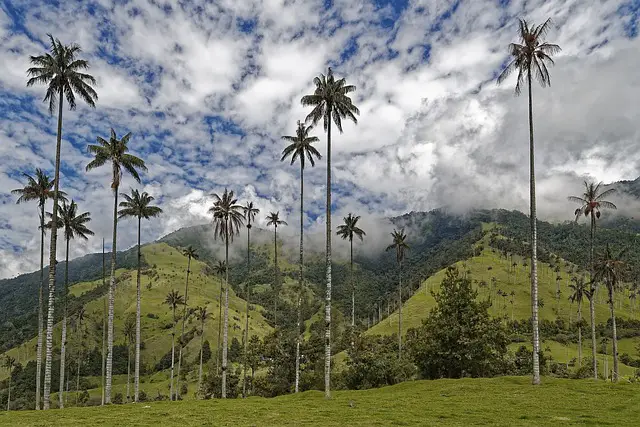
Cocora Valley is a picturesque valley located in the Andes mountains of Colombia, renowned for its iconic wax palm trees.
What to see or do: Take a hike through the valley to see the towering wax palm trees, which can reach heights of up to 60 meters.
You’ll also see a variety of exotic birds and other wildlife along the way. If you’re feeling adventurous, take a horseback ride through the valley for a unique perspective.
Don’t miss: Be sure to snap some photos with the wax palm trees, which are the tallest palm trees in the world.
Stop by the hummingbird sanctuary near the entrance of the valley to get up close and personal with these beautiful creatures.
Insider travel tips: Bring comfortable walking shoes and plenty of water – the hike through the valley can be challenging, but the stunning scenery makes it worth it.
Try to visit during the week to avoid crowds, and if possible, go early in the morning to catch the best lighting for photos.
Don’t forget to bring cash for the park entrance fee.
6. Lost City (Ciudad Perdida)
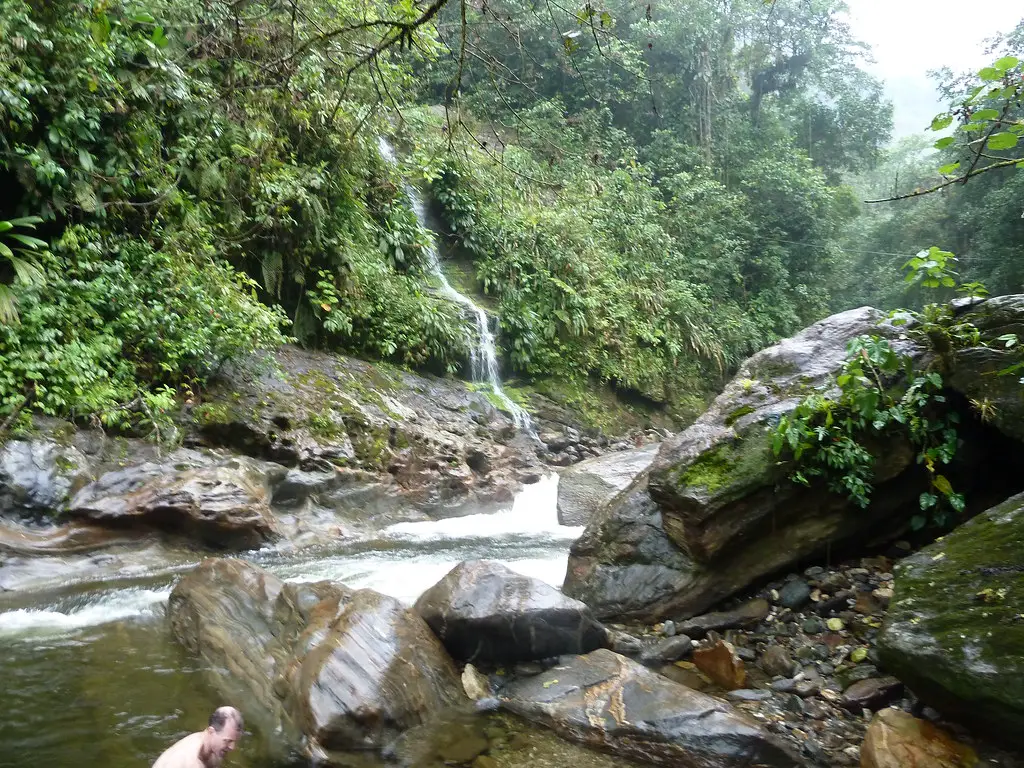
Lost City, also known as Ciudad Perdida, is a pre-Colombian ruin hidden in the Sierra Nevada de Santa Marta mountains of Colombia.
What to see or do: Visitors have the opportunity to trek through the lush jungle to reach the archaeological site, which is made up of terraces, plazas, and ceremonial centers built by the Tairona civilization around 800 A.
D. The trek typically takes four to six days and offers stunning views of the surrounding mountains and valleys.
Don’t miss: One of the most breathtaking parts of the trek is crossing the Buritaca River, which involves navigating through waist-deep water and admiring the cascading waterfalls along the way.
The sacred pools at the site are also a highlight, as they were used by the Tairona people for spiritual and ceremonial purposes.
Insider travel tips:
7. San AgustÃn Archaeological Park

San Agustín Archaeological Park is a UNESCO World Heritage Site in Colombia, known for its impressive collection of pre-Columbian statues and monuments, dating back to between the 1st and 8th centuries AD.
What to see or do: Explore the stunning collection of over 500 statues, including the famous “doble yo” sculptures and the elaborately carved funeral urns.
Take a guided tour to learn more about the history and significance of the sculptures and the indigenous cultures that created them.
Don’t miss: The largest statue in the park, the “Fuente de Lavapatas,” which is an enormous rock carved with intricate designs and water channels.
Also, make sure to explore the surrounding countryside, which is dotted with smaller archaeological sites and offers breathtaking views of the Andes Mountains.
Insider travel tips: – Wear comfortable shoes for walking through the park, as some of the paths can be steep or uneven.
8. Tayrona National Natural Park
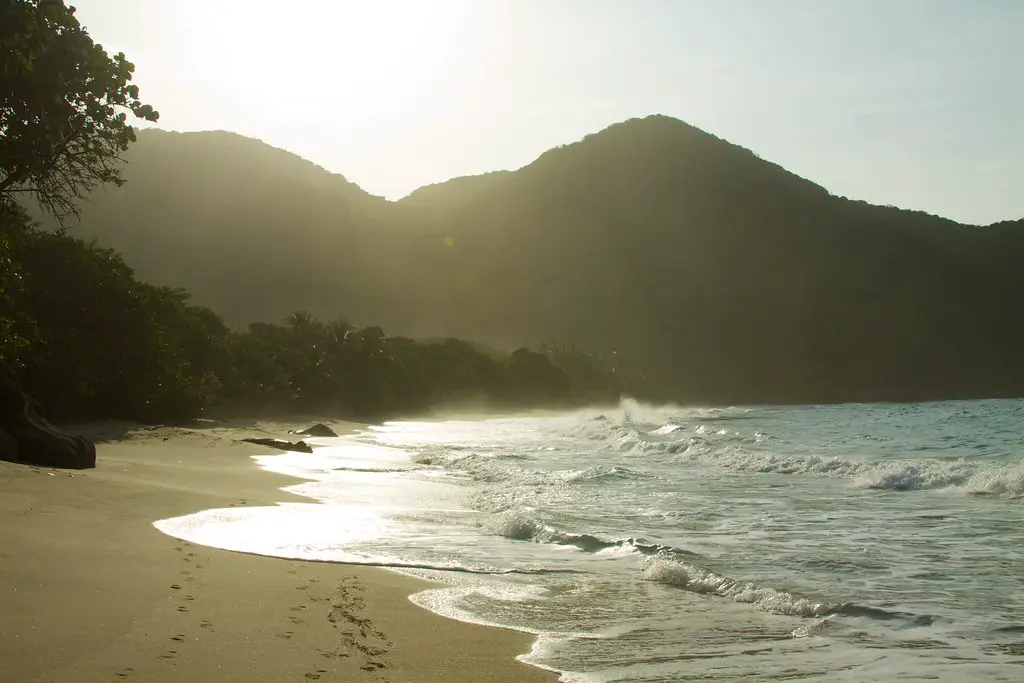
A breathtakingly beautiful coastal national park in northern Colombia, where the Sierra Nevada mountains meet the Caribbean Sea.
What to see or do: Relax on white sandy beaches, hike through jungle-covered hills, spot exotic birds and wildlife, swim in crystal clear pools, admire pre-Columbian ruins, and snorkel or dive in protected coral reefs.
Don’t miss: The stunning beaches of Cabo San Juan, La Piscina, and Playa Cristal, the ancient city of Pueblito, and the chance to glimpse rare animals like the cotton-top tamarin.
Insider travel tips: Bring bug spray and sunscreen, arrive early to beat the crowds, wear sturdy hiking shoes, and be aware that some trails can be steep and challenging.
Also, consider staying overnight in one of the park’s eco-friendly lodges for a truly immersive experience.
9. Coffee Cultural Landscape of Colombia
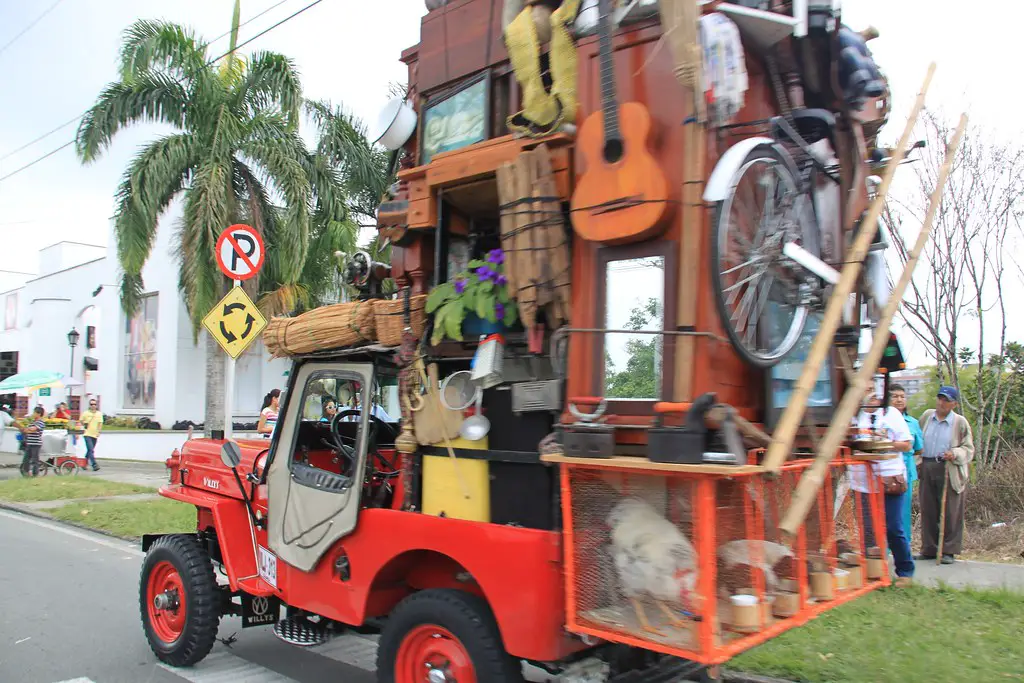
The Coffee Cultural Landscape of Colombia is a UNESCO World Heritage site located in the central Colombian Andes.
What to see or do: Visitors can tour coffee farms, learn about the process of coffee production, and sample some of the world’s best coffee. The landscape itself is stunning, with lush green mountainsides and traditional architecture.
Don’t miss: The town of Salento, known for its colorful houses and scenic surroundings, is a must-visit destination. The Cocora Valley, home to the tallest palm trees in the world, is another highlight.
Insider travel tips: – If you’re interested in learning about the coffee production process, consider staying at a traditional coffee farm or hacienda.
10. La Candelaria Historic District
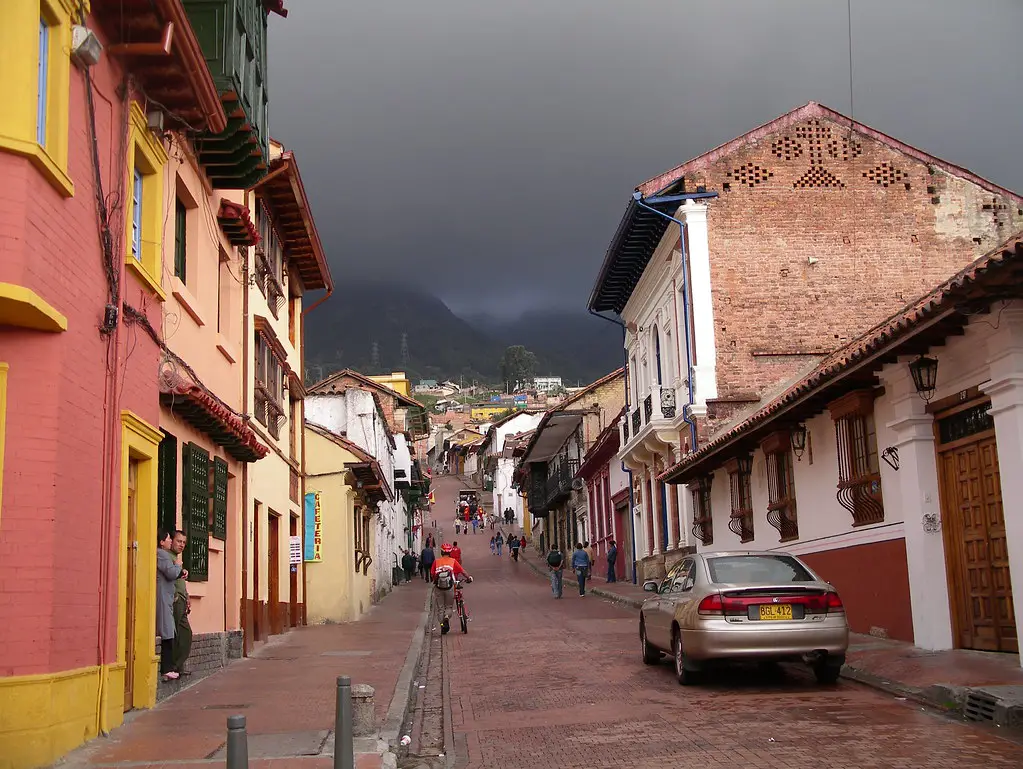
A historic neighborhood in the center of Bogota, Colombia.
What to see or do: Explore the colorful colonial-style architecture, visit the Gold Museum to see pre-Columbian artifacts, check out the Botero Museum to see works by the famous Colombian artist, walk to the top of Monserrate for panoramic views of the city.
Don’t miss: Plaza de Bolivar, the main square of Bogota, where you can see important government buildings and the impressive Cathedral of Colombia.
Insider travel tips: Wear comfortable shoes as the streets can be uneven, and be cautious when walking around at night. Try traditional Colombian street food from the vendors in the area, like arepas and empanadas.
Consider taking a free walking tour to learn more about the history and culture of La Candelaria.
11. Church of San Francisco
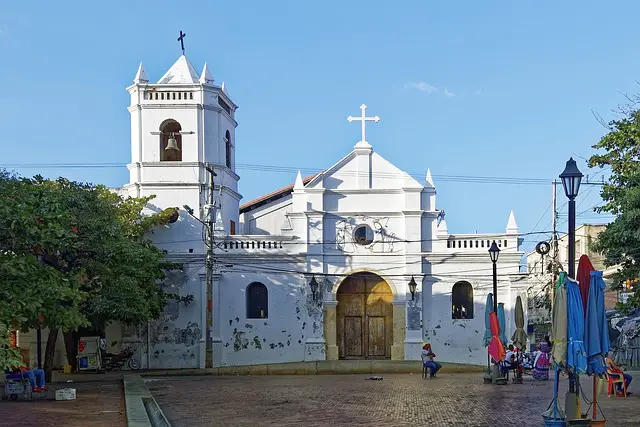
The Church of San Francisco is a historic church located in the heart of the colonial city of Popayan, Colombia.
What to see or do: Visitors can admire the beautiful architecture and ornate details of the exterior of the church. The interior features stunning paintings, sculptures, and religious artifacts.
The church also has a museum that showcases religious art and artifacts from the colonial period.
Don’t miss: One of the highlights of the Church of San Francisco is the tomb of the city’s revered religious figure, Saint Francis Solanus.
The tomb is located within the church and is decorated with beautiful paintings and sculptures.
Insider travel tips: – It’s best to visit the church during the week as it can get crowded on weekends.
12. MedellÃn Metrocable
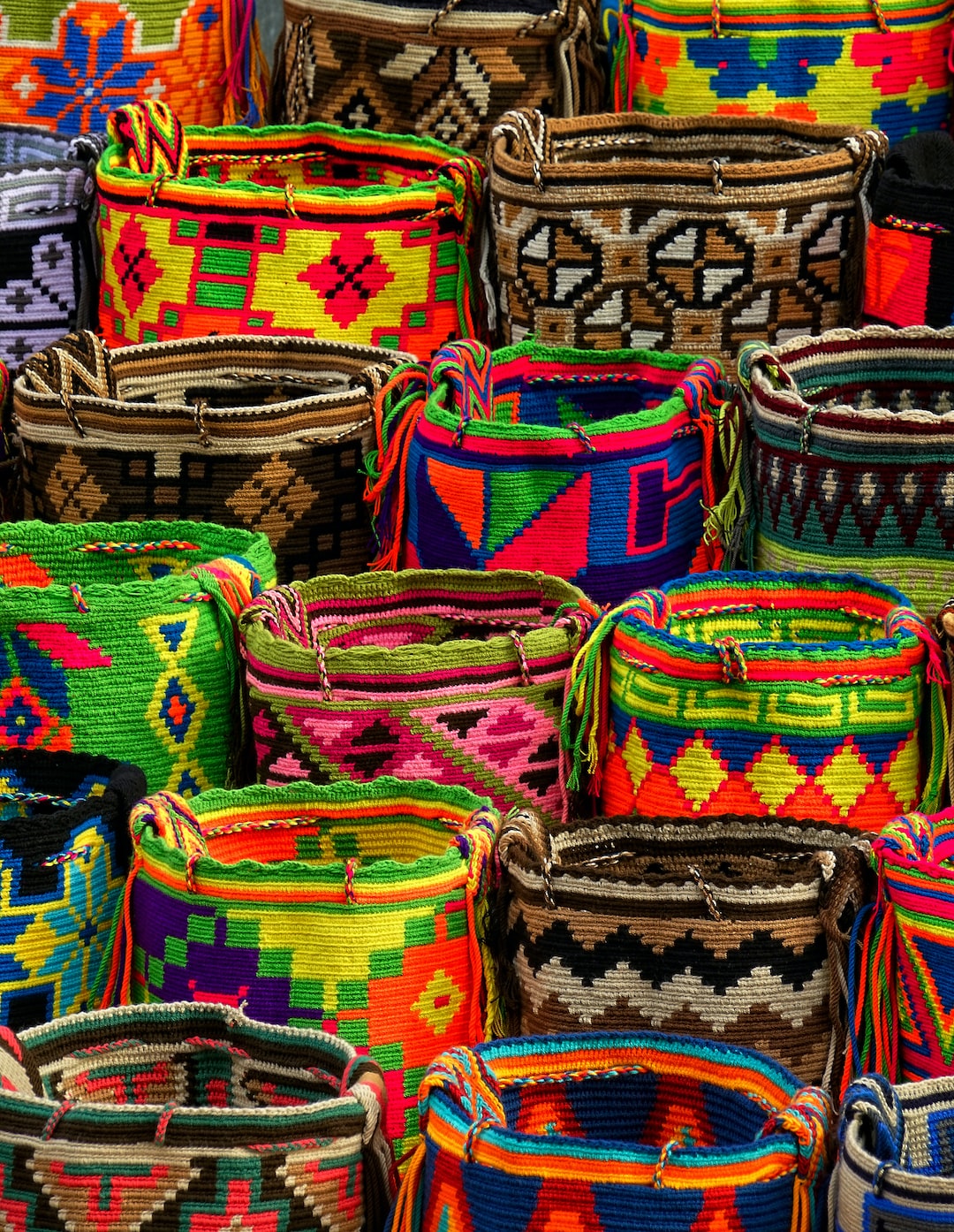
Medellín Metrocable is a cable car system that operates in the city of Medellín, Colombia.
What to see or do: The cable car ride provides visitors with a unique perspective of the city, allowing them to witness the stunning valley landscapes and the vibrant communities in the surrounding hills.
The journey on the cable car also provides access to several popular tourist destinations, such as the Parque Arví and the Santo Domingo Savio Library.
Don’t miss: Make sure to take a ride on the K line, which is the longest cable car line in the world, spanning 4.
3 miles from the Aguacatala station to the Parque Arví.
Insider travel tips: – It’s best to ride the Metrocable during the day to take advantage of the breathtaking views.
13. San Felipe de Barajas Castle
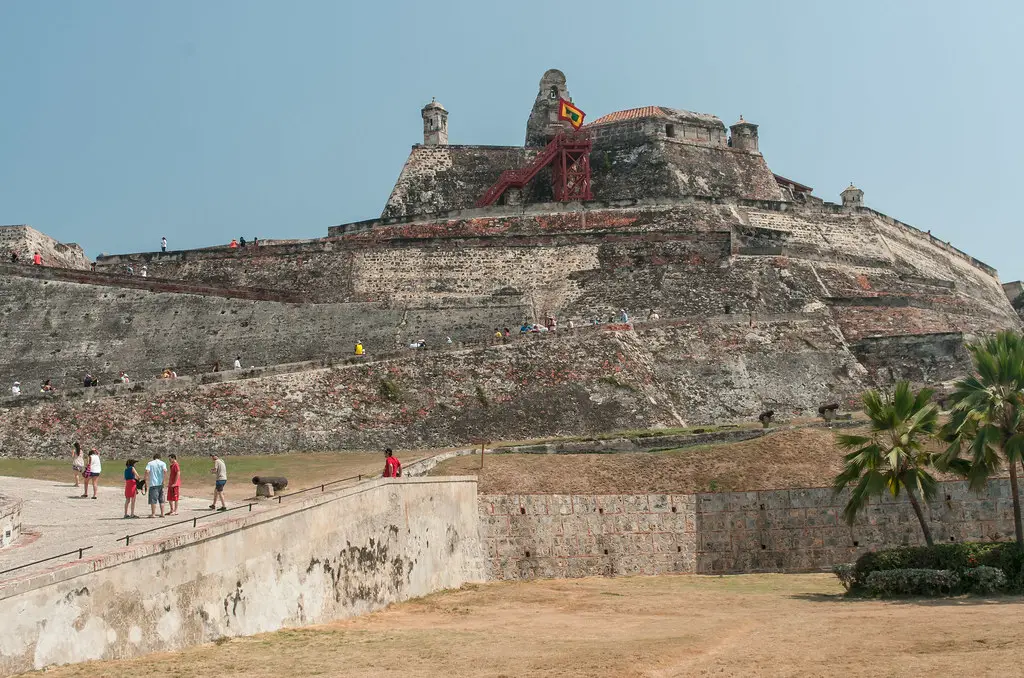
A 17th-century fortress located in Cartagena, Colombia.
What to see or do: Visitors can explore the castle’s architecture, which includes impressive walls, tunnels, and canyons. The castle offers breathtaking views of Cartagena and the Caribbean Sea.
Don’t miss: The chance to walk through the tunnels and learn about the castle’s history.
Visitors can also watch a movie that tells the story of the fortress’ construction and admire the exhibits of colonial weaponry and artifacts.
Insider travel tips: Make sure to wear comfortable shoes as there are many stairs and steep hills to climb. It can get very crowded, so arrive early to avoid long lines.
Take a guided tour to learn more about the history of the castle and the city.
14. Guatapé and its colorful zocalos
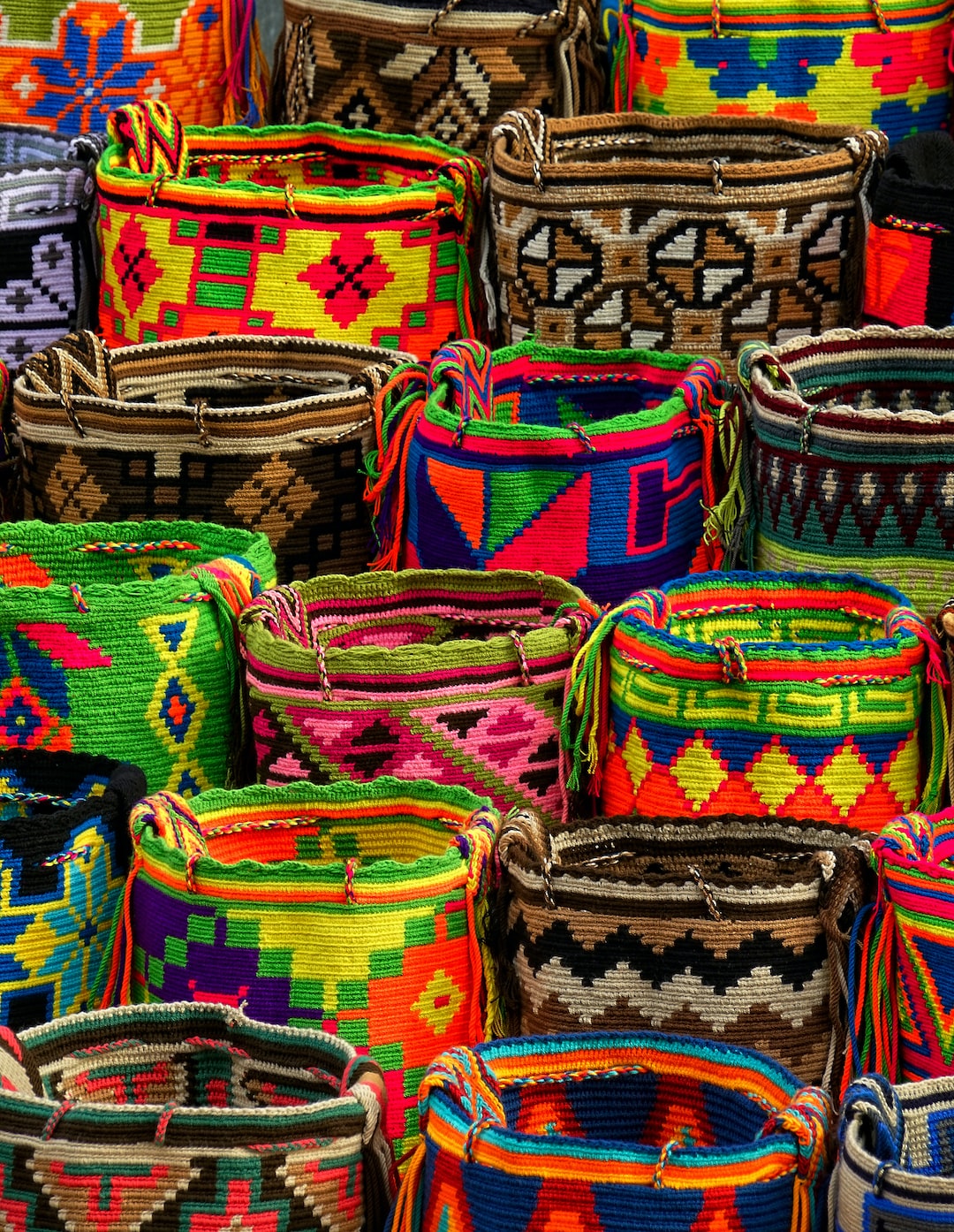
Guatapé is a small town in Colombia known for its vibrant zocalos, or brightly painted tile murals, which adorn the facades of its buildings.
What to see or do: Stroll through the streets of Guatapé to take in the colorful zocalos and impressive colonial architecture. Take a boat ride to the nearby man-made Peñol-Guatapé reservoir with its stunning views of the surrounding hills and islands.
Don’t miss: Climbing the 660 steps to the top of the La Piedra del Peñol, a massive granite rock formation that offers stunning panoramic views of the surrounding countryside.
Insider travel tips: Try some of the local cuisine such as bandeja paisa, a hearty traditional dish made with meat, beans, rice, avocado, and plantains.
Visit during the weekend to experience Guatapé’s lively farmers market, where you can find fresh produce, crafts, and street food.
15. Tierradentro Archaeological Park
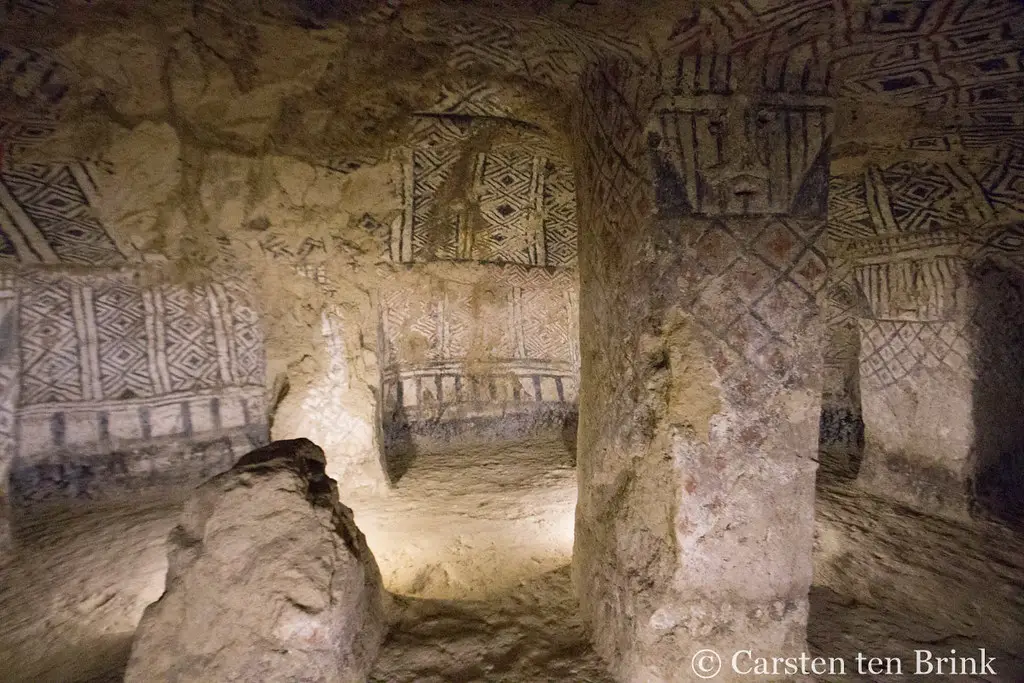
Tierradentro Archaeological Park is a UNESCO World Heritage Site located in the Colombian Andes, known for its deep underground tombs and ceremonial structures created by ancient pre-Columbian cultures.
What to see or do: Take a guided tour of the park to explore the elaborate underground tombs decorated with intricate geometrical shapes and stunning murals that date back to the 6th to the 10th centuries.
Hike through the mountainous terrain and admire the breathtaking views of the surrounding landscape.
Don’t miss: The main attractions of the park include the Tombs of San Andrés de Pisimbalá, Segovia, and El Duende, as well as the impressive Hypogea, which features a series of interconnected underground chambers.
Insider travel tips: Wear comfortable hiking shoes and bring plenty of water as the park is located at a high altitude and involves some challenging terrain.
Consider visiting during the week when crowds are lighter. Don’t forget to try the traditional Colombian dish, trucha, which is a local specialty made with fresh trout.
16. Las Lajas Sanctuary
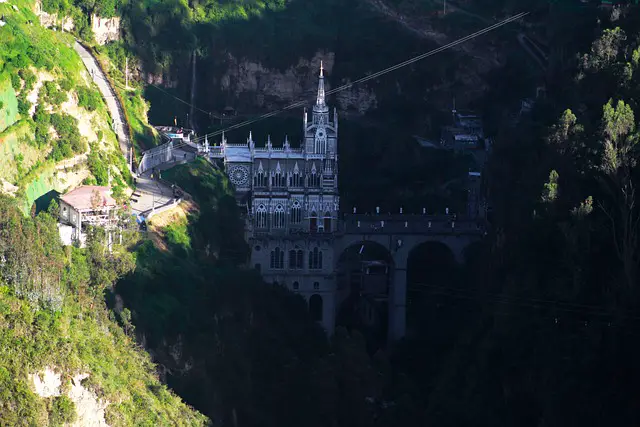
Las Lajas Sanctuary is a stunning neo-gothic church located in southern Colombia.
What to see or do: Visitors can marvel at the impressive architecture of the church, which is built into the side of a canyon and appears to almost float above the river below.
The interior features beautiful stained glass windows, intricate carvings, and a towering central nave.
Don’t miss: Be sure to take in the breathtaking views from the pedestrian bridge that spans the canyon, and take a moment to appreciate the peaceful atmosphere of the surrounding countryside.
Insider travel tips: Visit during a weekday or early in the morning to avoid crowds, and consider combining your visit with a trip to nearby Ipiales to explore the town and its markets.
17. Hacienda Nápoles
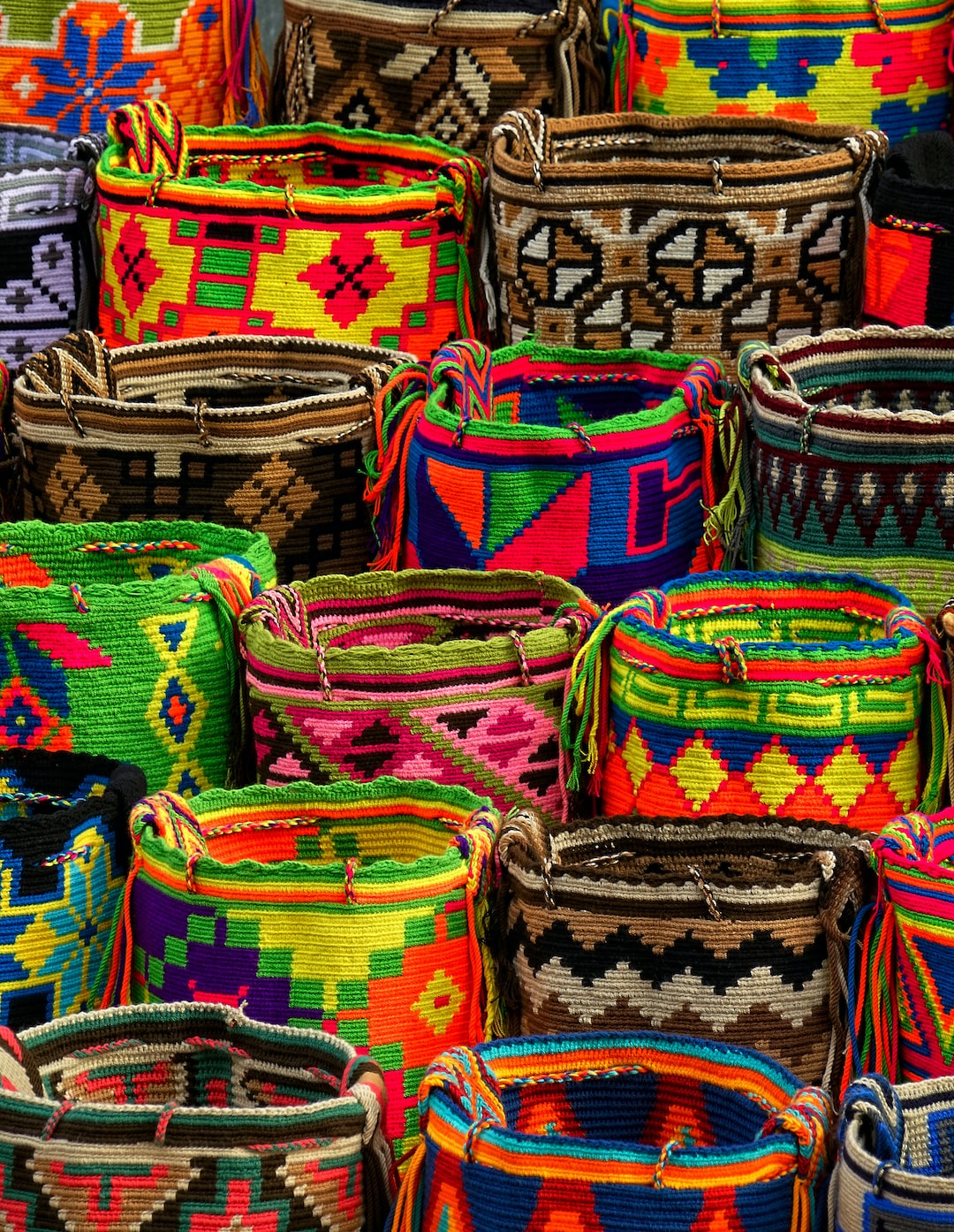
Former estate of drug lord Pablo Escobar turned into a theme park and wildlife reserve.
What to see or do: Explore the park’s many attractions, including a water park, a zoo, and a museum dedicated to Escobar’s life.
Don’t miss: The opportunity to see live animals such as hippos, giraffes, and monkeys.
Insider travel tips: Be sure to wear comfortable shoes and clothes suitable for hot and humid weather. It’s recommended to visit early in the morning to avoid the crowds.
Keep in mind that while it is a popular tourist destination, some locals may view it as a controversial site due to its association with drug trafficking.
18. Puente de Boyacá
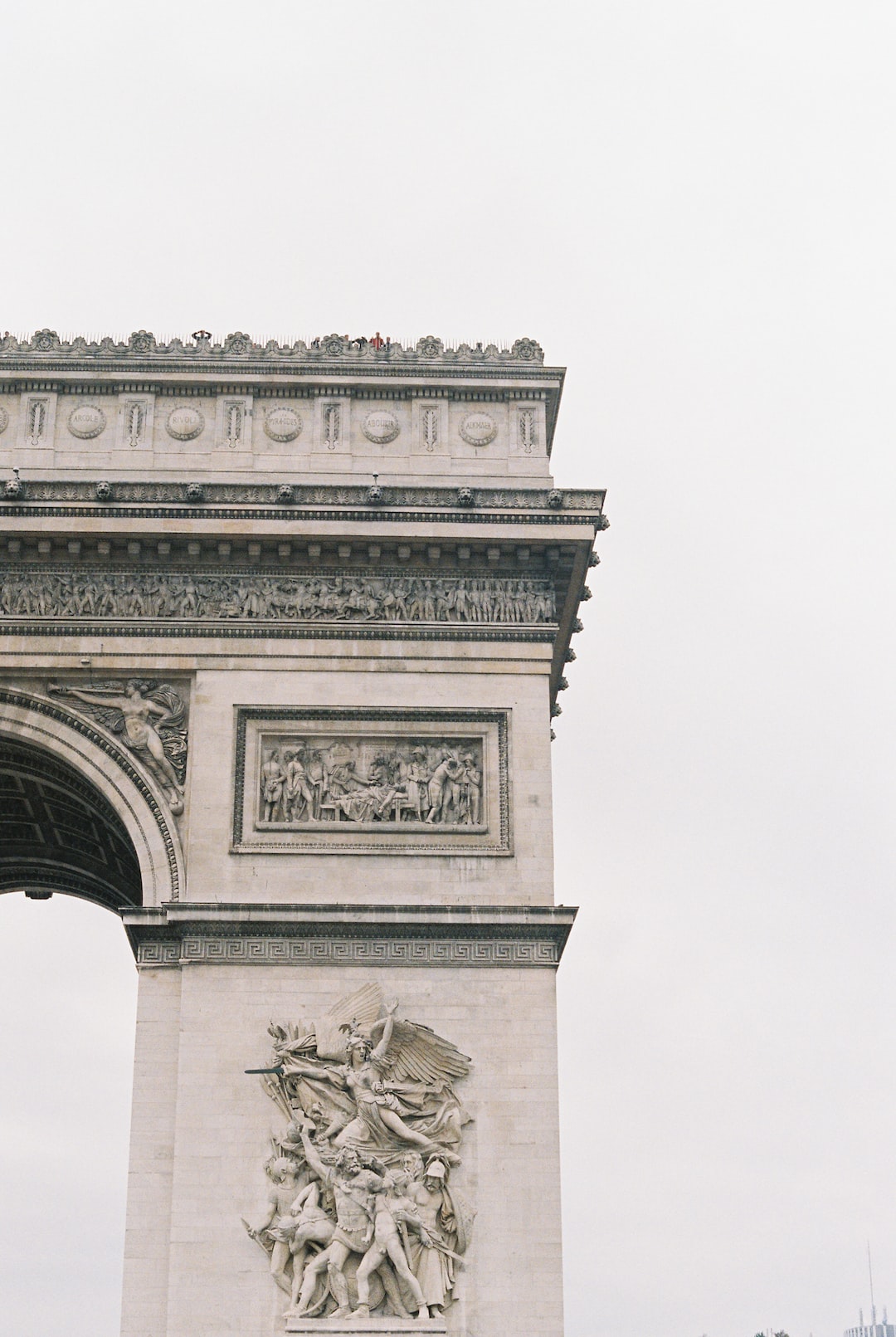
Puente de Boyacá is a historic bridge located in the department of Boyacá, Colombia. It is a symbol of independence and the site of the famous Battle of Boyacá.
What to see or do: Visitors can explore the historic site and learn about the events that led to Colombia’s independence from Spain. There is a museum on site that showcases artifacts and documents from the time period.
Don’t miss: A reenactment of the Battle of Boyacá takes place every year on August 7th, Colombia’s Independence Day. This is a great opportunity to witness the history and patriotism of the Colombian people.
Insider travel tips: The bridge is located about two hours from Bogotá, so plan accordingly for transportation. The site can get crowded during the annual Independence Day celebration, so arrive early to secure a good view.
Wear comfortable shoes as there will be plenty of walking involved.
19. Caño Cristales River
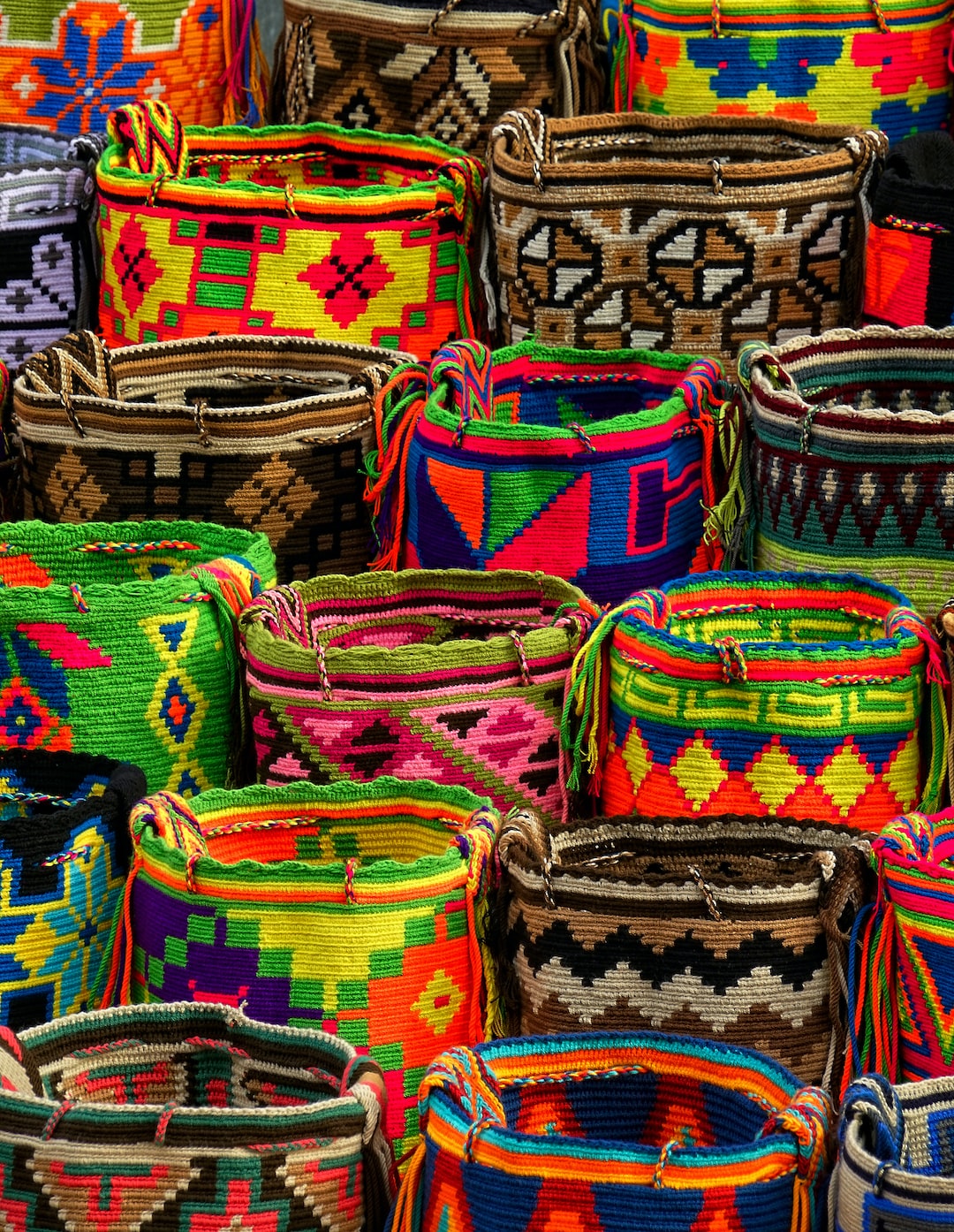
Caño Cristales River is a colorful river located in the Sierra de la Macarena National Natural Park in Colombia.
What to see or do: Visitors to Caño Cristales can witness a stunning natural phenomenon known as the “Liquid Rainbow”, where plants on the river bed turn the water into a rainbow of colors.
Besides, tourists can also visit the nearby waterfalls and hike through the scenic mountains.
Don’t miss: The best time to visit Caño Cristales is between July and November when the colors of the river are at their most vibrant.
Insider travel tips: Visitors must obtain a permit from the authorities to visit Caño Cristales, and the park is only accessible by air and overland transport.
Additionally, it is recommended to bring good hiking shoes, a hat, sunscreen, insect repellent, and plenty of water on any excursions.
20. Mud Volcano near Cartagena
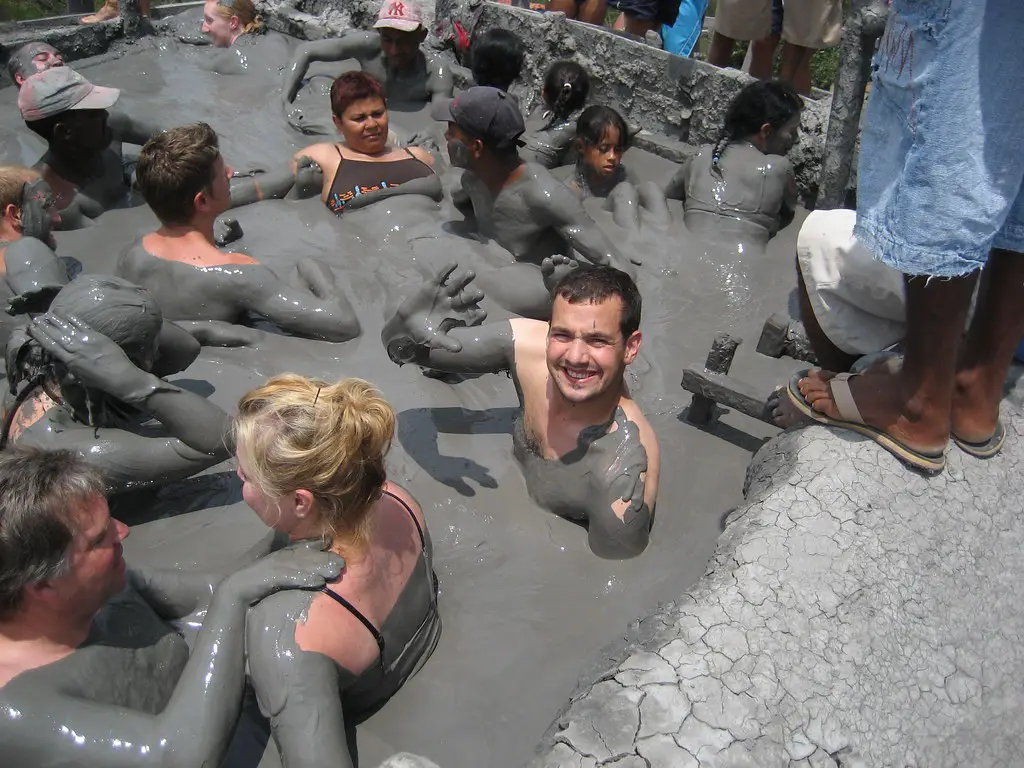
The Mud Volcano, also known as Totumo Mud Volcano, is a natural wonder located just outside of Cartagena, Colombia.
What to see or do: Visitors can climb up to the rim of the volcano and then descend into the warm mud which is said to have therapeutic properties.
Once inside, you can cover yourself in the mud and float effortlessly. Locals offer massages to visitors as well.
Don’t miss: The natural mud bath experience is something you don’t want to miss. It’s a unique and affordable activity that’s perfect for for couples, families or solo travelers.
Insider travel tips: – It’s recommended to bring a change of clothes and a towel as the mud can be difficult to clean off.
21. Los Nevados National Natural Park
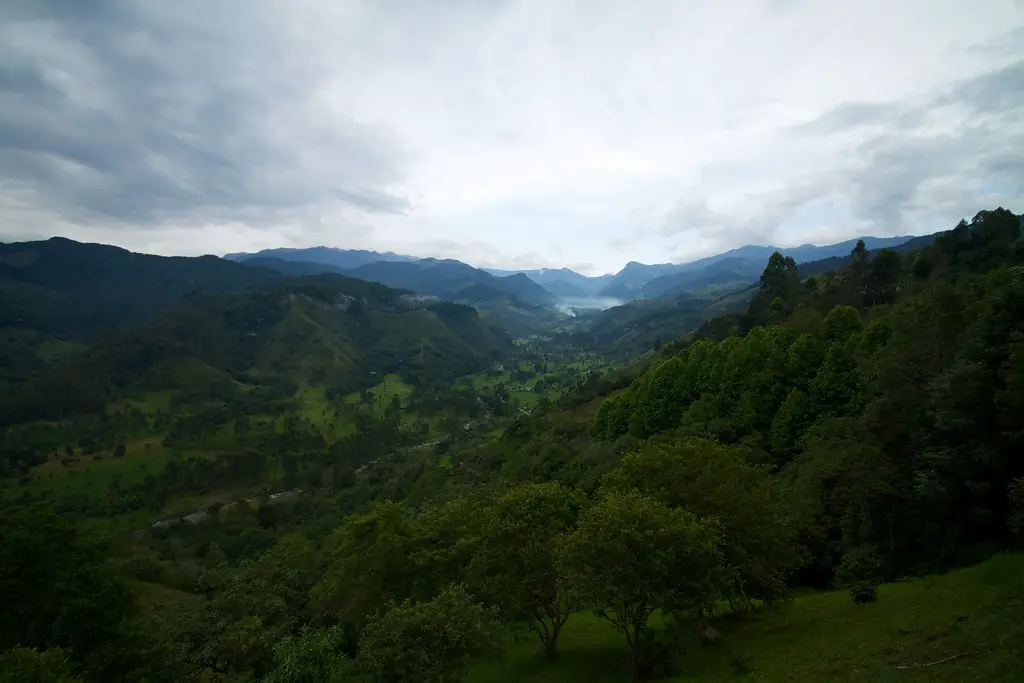
Los Nevados National Natural Park is a protected area located in the Colombian Andes.
It is home to various ecosystems, such as glaciers, forests, and wetlands, and is an important water source for the region.
What to see or do: Visitors can embark on guided hikes to explore the park’s diverse landscapes and wildlife. Additionally, the park offers mountaineering and rock climbing opportunities through its glaciers and peaks.
Don’t miss: One of the park’s main attractions is the volcano, Nevado del Ruiz, which stands at over 17,000 feet tall. Visitors can witness its magnificent surroundings through organized tours or by trekking up to its peak.
Insider travel tips: – The park’s high elevation means that visitors may experience altitude sickness. It is recommended to take the necessary precautions and acclimate gradually.
22. Catedral de Sal de Zipaquirá
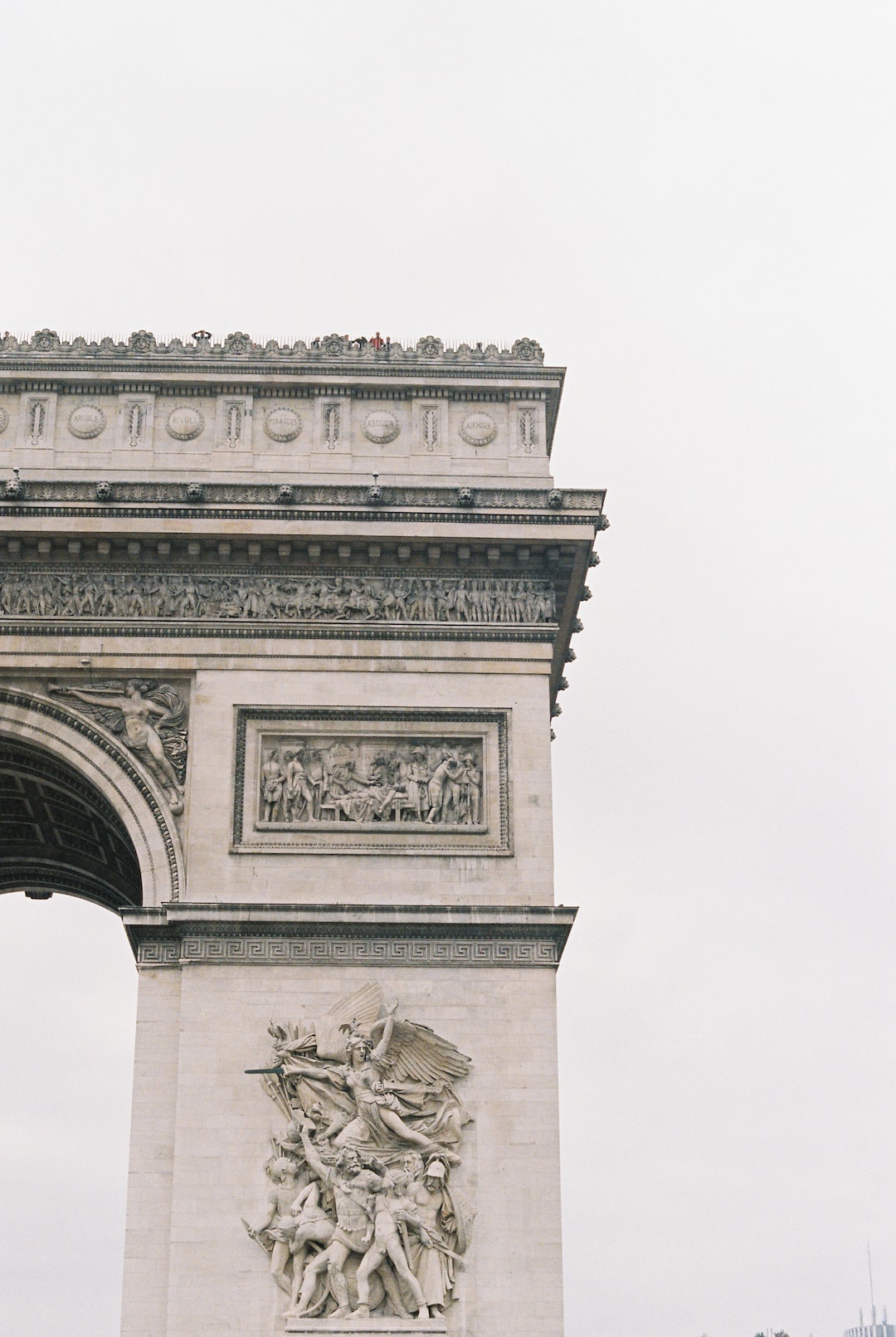
An underground Roman Catholic church built within the tunnels of a salt mine.
What to see or do: Admire the stunning architecture and intricate carvings made of salt, including a 16-meter tall cross. Attend a mass or religious service in the church’s serene environment.
Don’t miss: Exploring the rest of the salt mine and learning about its history and significance in Colombia’s economy.
Insider travel tips: – Wear comfortable shoes as the tour can involve a lot of walking and climbing stairs.
23. La Piedra del Peñol

A large granite rock formation located in Guatapé, Colombia.
What to see or do: Climb the 740 steps to the top of the rock formation for stunning views of the surrounding area, including Lake Guatapé and the nearby town.
Don’t miss: The vibrant and colorful town of Guatapé, known for its picturesque streets and buildings adorned with over 10,000 brightly colored zocalos (decorative tiles).
Insider travel tips: Wear comfortable shoes for the climb up the stairs to the top of the rock. The best time to visit is early in the morning before the crowds arrive.
Don’t forget to snap a photo of the local vendors selling souvenirs and snacks along the base of La Piedra.
24. Palace of Inquisition
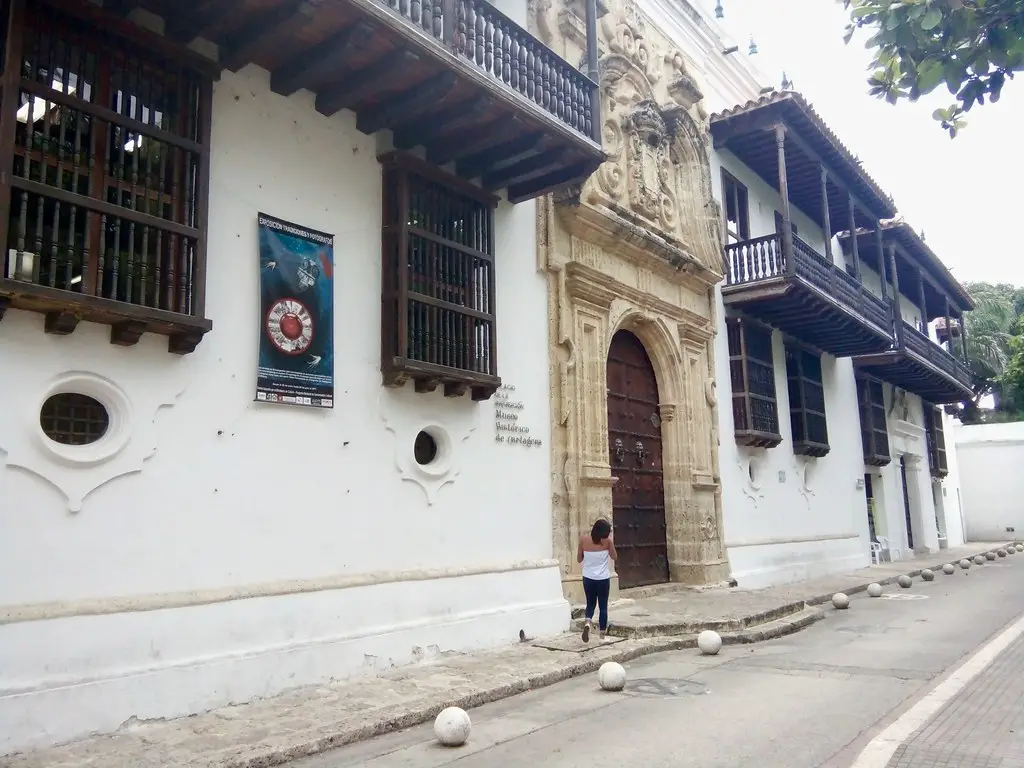
A historical museum in Cartagena, Colombia that was once the seat of the Spanish Inquisition.
What to see or do: Visitors can explore the museum’s exhibits, which include instruments of torture used by the Inquisition, historical documents, and artwork. The building itself is a notable example of colonial architecture.
Don’t miss: The notorious torture chamber, which is sure to give visitors a chilling glimpse into the past.
Insider travel tips: Be prepared for gruesome displays of torture devices, which may not be suitable for children or those with a weak stomach.
The museum is closed on Mondays, so plan accordingly. It’s recommended to take a guided tour to get the most out of the experience.
25. Isla de Providencia
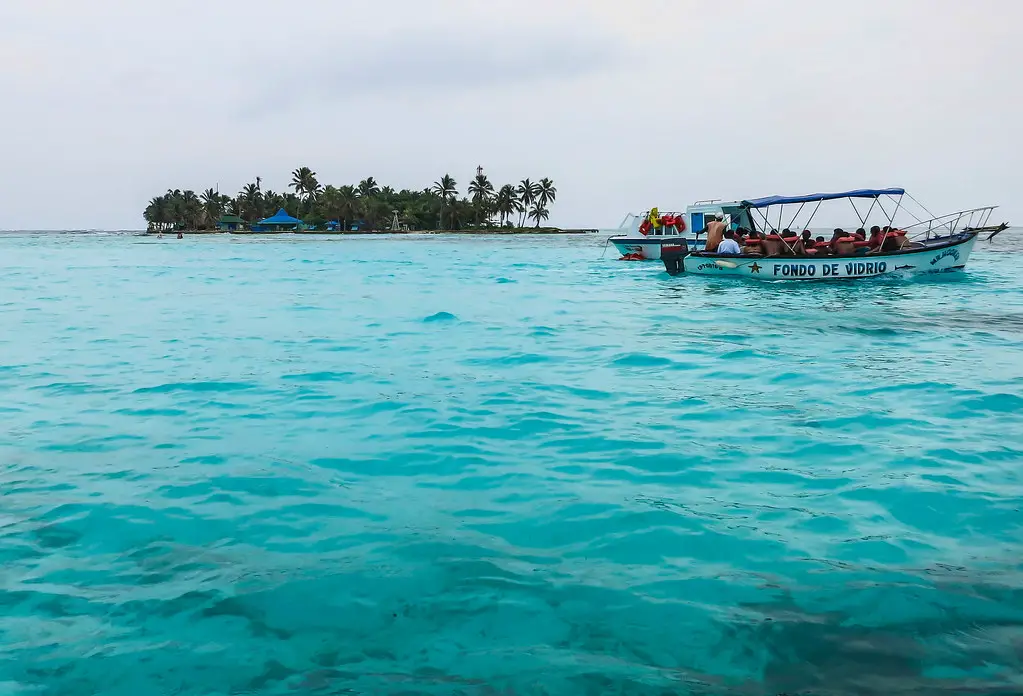
Isla de Providencia is a small, sparsely populated Colombian island in the Caribbean Sea known for its pristine beaches, crystal clear waters, and rich marine life.
What to see or do: Enjoy various water sports activities like scuba diving, snorkeling, kayaking, and paddleboarding in the turquoise waters of the sea. Visit Crab Cay, a tiny island just off Providencia’s northern shore, and hike up to its stunning viewpoint.
Take a tour of the island’s traditional small villages and immerse yourself in the local culture.
Don’t miss: Make a trip to the famous McBean Lagoon National Natural Park, where visitors can relax by the beach and watch the local wildlife or take the famous canoe tour through the mangroves.
Insider travel tips: – Don’t forget to visit the stilt houses as it’s the hallmark of the island’s Afro-Caribbean culture.
26. La Quinta de San Pedro Alejandrino
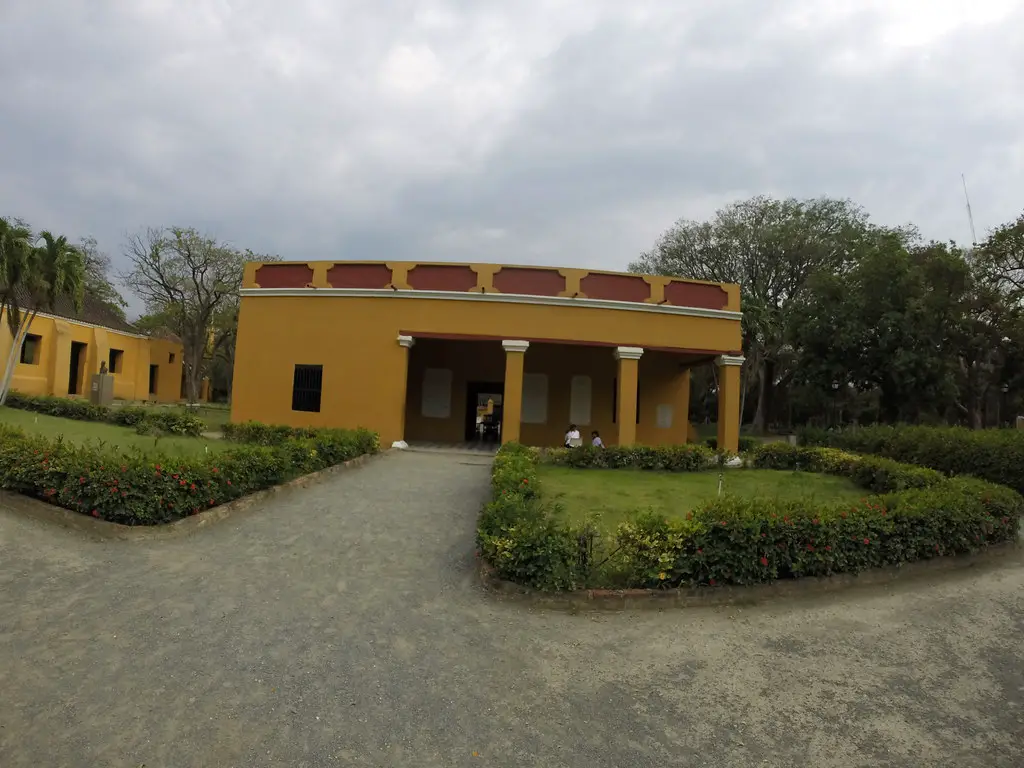
La Quinta de San Pedro Alejandrino is a historic hacienda located in Santa Marta, Colombia. It is known for being the place where the famous revolutionary leader, Simón Bolívar, spent his last days.
What to see or do: Visitors can explore the beautifully preserved hacienda, with its traditional Spanish architecture and lush gardens.
There is a museum dedicated to the life of Simón Bolívar, as well as other exhibits showcasing the history and culture of the region.
Don’t miss: Be sure to visit the room where Simón Bolívar passed away, which has been preserved as it was when he died in 1830.
The gardens are also a highlight, with their impressive variety of tropical plants and flowers.
Insider travel tips: Plan to spend a few hours at La Quinta de San Pedro Alejandrino, as there is much to see and learn.
Consider hiring a guide to get a more in-depth understanding of the history and significance of the site. Bring comfortable shoes for walking around the property, and don’t forget your camera to capture the beautiful scenery.
27. Armero tragedy museum
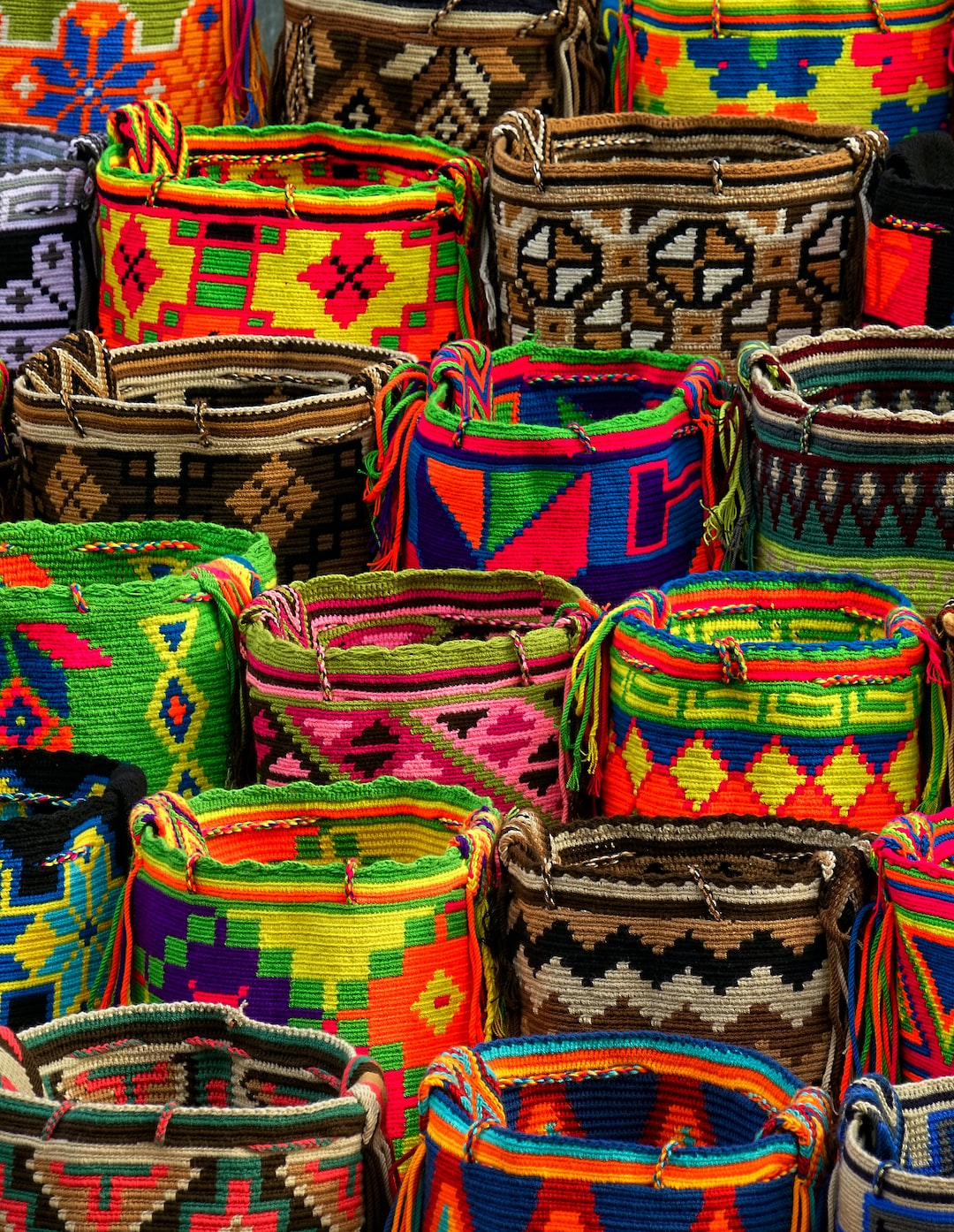
The Armero tragedy museum is a memorial and museum located in the town of Armero, Colombia, which was devastated by the eruption of the Nevado del Ruiz volcano in 1985.
What to see or do: Visitors can see photographs, artifacts, and exhibits that tell the story of the disaster and its aftermath. There is also a memorial garden and a sculpture commemorating the victims.
Don’t miss: The most poignant exhibit is a room filled with photographs of the victims, many of them children. It is a somber but important reminder of the human toll of natural disasters.
Insider travel tips: Guided tours are available in English and Spanish, and it’s recommended to take one to fully understand the significance of the museum.
It’s also worth taking the time to explore the surrounding town and learn more about its history and resilience in the face of tragedy.
28. Tairona Heritage and Archaeological Park
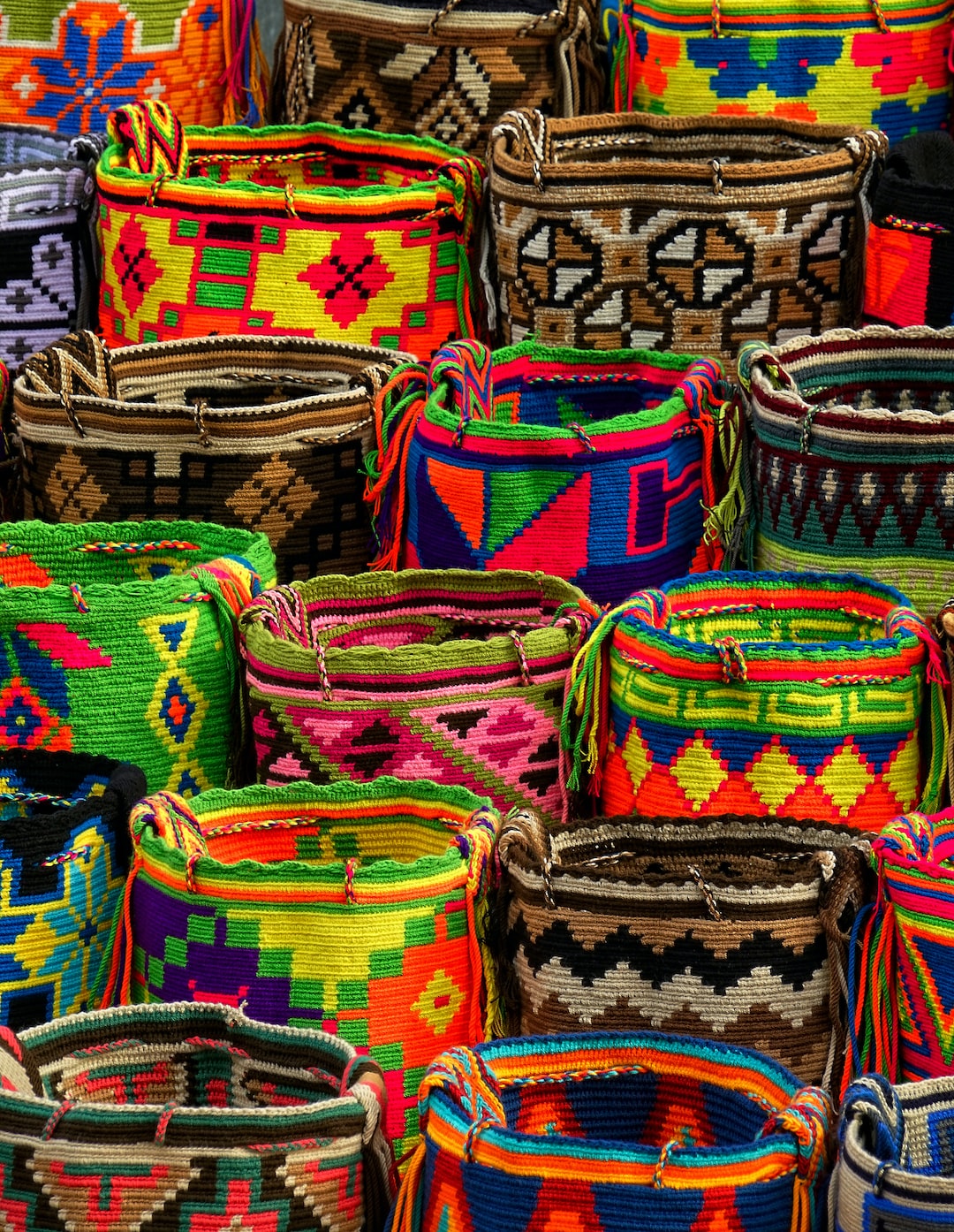
Tairona Heritage and Archaeological Park is a protected area in northern Colombia that showcases the remnants of the Tairona civilization.
What to see or do: Visitors can explore the well-preserved ruins of terraced settlements, stone structures, and ceremonial centers that date back to the 11th century.
The park is also home to diverse flora and fauna, including howler monkeys, jaguars, and hummingbirds.
Don’t miss: Don’t miss the Ciudad Perdida trek, a multi-day hike that takes you deep into the Sierra Nevada de Santa Marta mountains to the ruins of the Tairona’s largest city.
It’s a challenging but rewarding experience that offers stunning views and an opportunity to connect with the region’s indigenous communities.
Insider travel tips: Bring comfortable hiking shoes, insect repellent, and rain gear as the weather can be unpredictable. It’s also recommended to book a guided tour to fully appreciate the history and significance of the park.
Plan to visit early in the morning to avoid crowds and enjoy the park at its quietest.
29. Tatacoa Desert
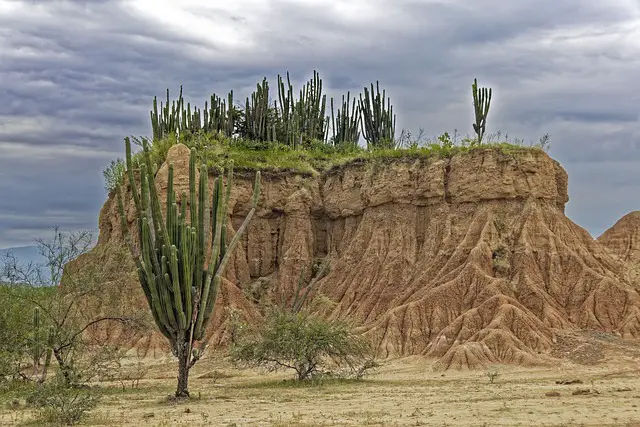
A stunning desert landscape located in the Huila department of Colombia, known for its unique red and gray rock formations.
What to see or do: Take a guided tour to explore the Cusco and Los Hoyos gullies, admire the stunning starry night sky, and visit the local observatory for a closer look at the constellations.
You can also go on a fossil-hunting expedition to search for prehistoric remains or hike up to the viewpoint for a panoramic view of the desert.
Don’t miss: The opportunity to stargaze in one of the few dark sky reserves in South America. The Tatacoa Desert provides a perfect view of the Milky Way, shooting stars and planets.
Insider travel tips: Wear comfortable shoes and bring plenty of drinking water as the desert can get quite hot. Stay at one of the rustic eco-lodges located in the surrounding area for an immersive desert experience.
The best time to visit is during the dry season, from December to March, when the temperatures are cooler and the skies are clearer.